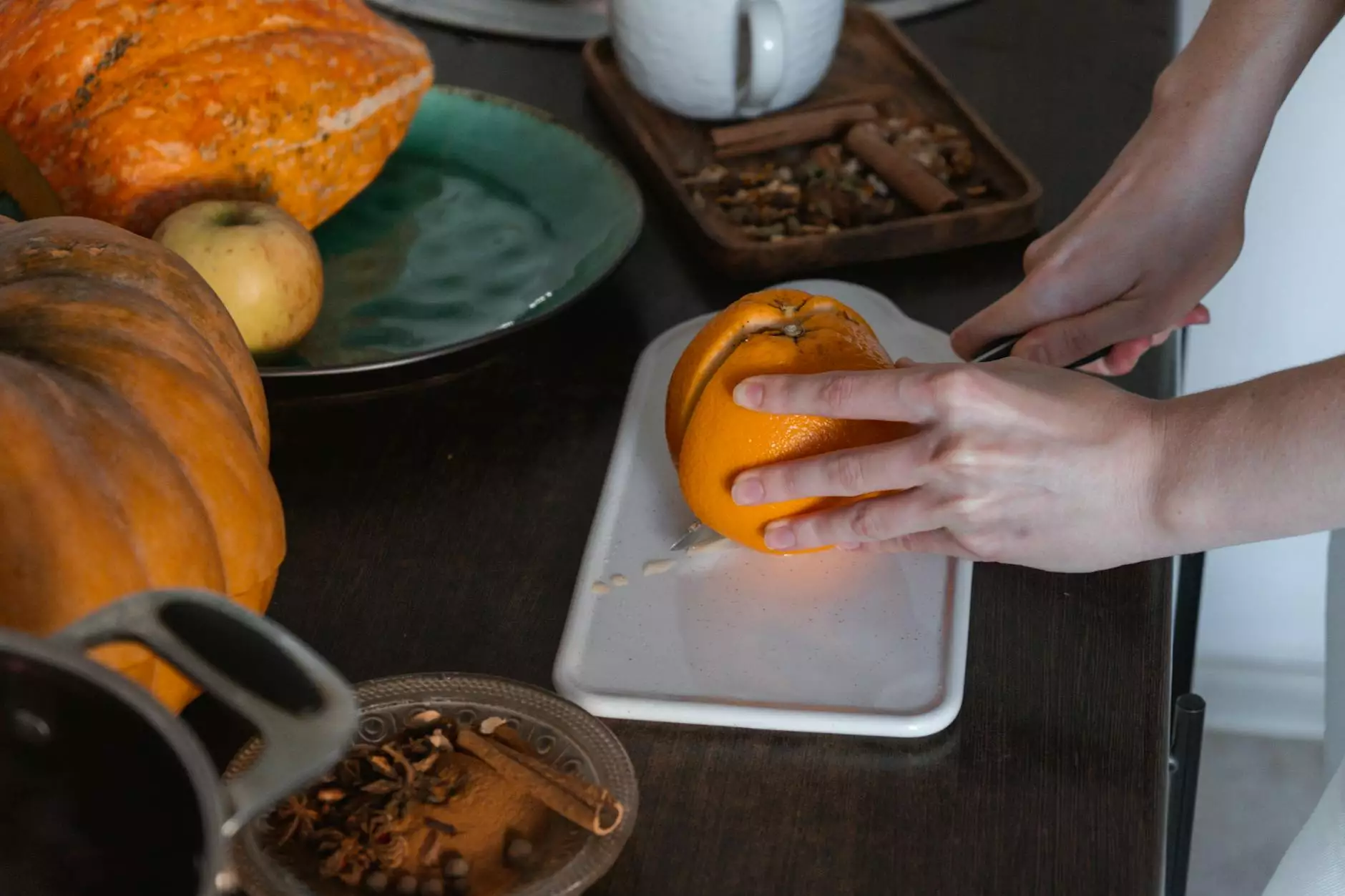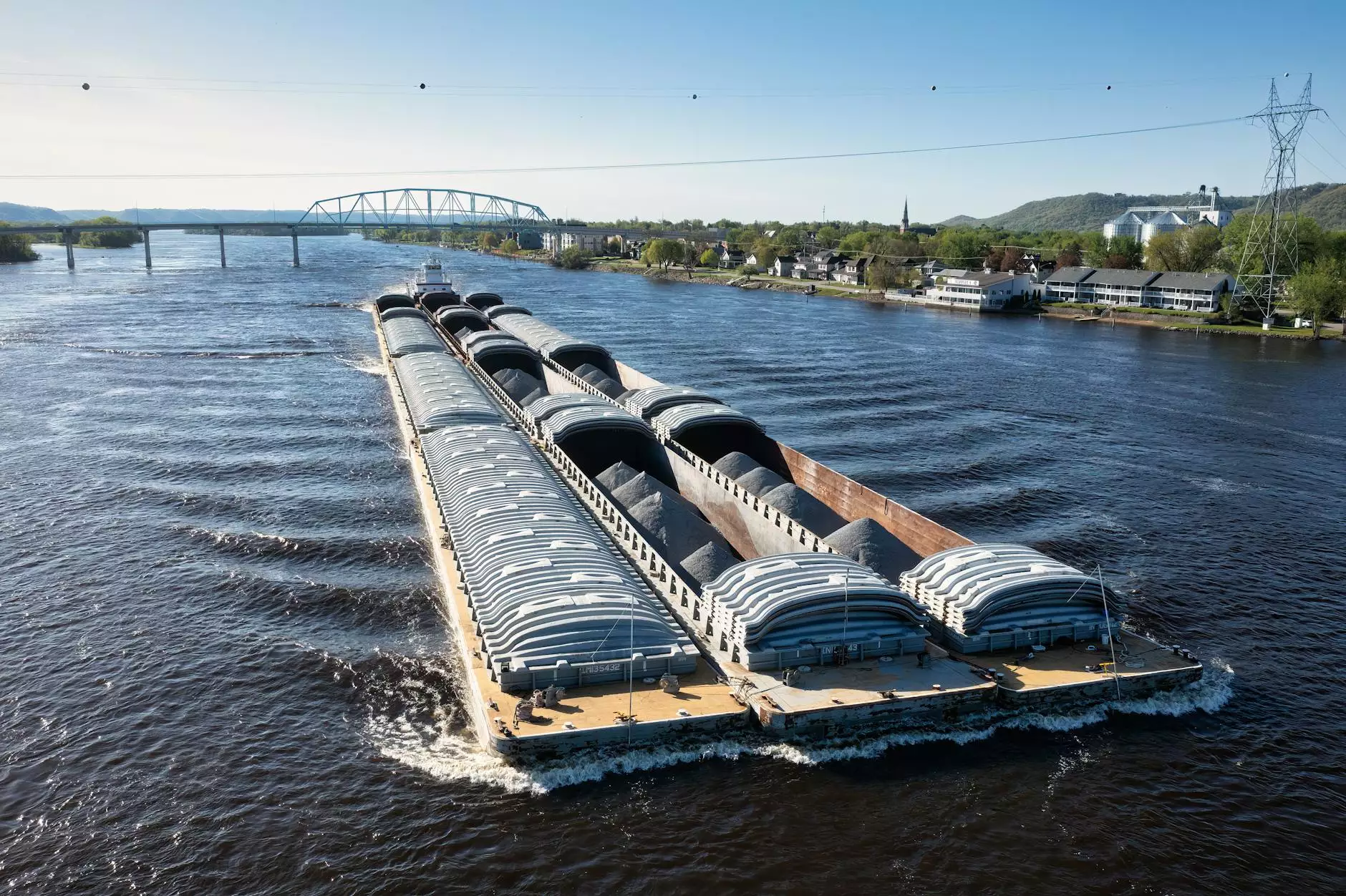How to Make Concrete Non Slip: A Comprehensive Guide

Concrete is a versatile material used widely in residential, commercial, and industrial settings. However, its durability comes with a caveat—smooth concrete surfaces can become extremely slippery when wet. This raises serious safety concerns, making it imperative to ensure that concrete surfaces are non-slip. In this article, we’ll delve deep into various methods on how to make concrete non slip, ensuring both safety and functionality in your environments.
Understanding the Importance of Non-Slip Concrete
Before we dive into the methods of achieving non-slip concrete, it's vital to recognize why this is important:
- Safety: The most significant reason for making concrete non-slip is to prevent accidents and injuries.
- Compliance: Many building codes and regulations require non-slip surfaces in commercial areas.
- Durability: Non-slip treatments can enhance the lifespan of concrete surfaces by reducing wear and tear.
- Aesthetics: Non-slip surfaces can also improve the visual appeal of a property, as many treatments come in various textures and finishes.
Common Causes of Slippery Concrete
Understanding what makes concrete slippery is crucial in addressing it effectively. Some common causes include:
- Water: Rain or spills create a layer of moisture that can lead to slips.
- Oil and Grease: Spills from vehicles or food preparation areas can create dangerously slick spots.
- Wear and Tear: Over time, surfaces may become smoother due to foot traffic and other factors, increasing slip risk.
Methods on How to Make Concrete Non Slip
Now that we understand the significance and causes, let’s discuss various methods on how to make concrete non slip:
1. Anti-Slip Coatings
One of the most accessible ways to enhance the traction of concrete is by applying anti-slip coatings. These coatings come in various forms, including:
- Acrylic Coatings: They create a textured surface when dry, providing immediate traction.
- Epoxy Coatings: Highly durable and can be customized with anti-slip additives.
- Polyurethane Coatings: Resistant to moisture and UV, suitable for outdoor applications.
When applying any coatings, ensure the surface is clean and free of debris to achieve optimal adhesion.
2. Non-Slip Additives
Another effective approach is to use non-slip additives mixed directly with concrete when pouring. These additives improve the surface texture significantly. Some popular options include:
- Silica Sand: When mixed with concrete, it provides traction by increasing surface roughness.
- Alumina Oxide: Known for its hard texture, it adds extra grip and durability.
- Acrylic Polymer Additives: They enhance the bonding properties of the concrete while providing increased friction.
When using these additives, it's crucial to follow the manufacturer's instructions for the best results.
3. Textured Finishes
Applying a textured finish to concrete is another effective method to reduce slipperiness. Options include:
- Broom Finish: This technique involves sweeping a broom over freshly poured concrete, creating ridges that provide traction.
- Exposed Aggregate Finish: This method removes the top layer of cement to reveal the aggregate, creating a textured surface.
- Stamping: Decorative stamping can also produce patterns that enhance slip resistance.
These finishes not only improve safety but also add visual interest to the surfaces.
4. Regular Maintenance
Once you’ve applied non-slip treatments, regular maintenance is key to preserving the effectiveness of the surface. Consider the following tips:
- Clean Regularly: Regularly remove debris, grease, and dirt from concrete surfaces using a pressure washer or a broom.
- Reapply Coatings: Depending on the traffic and exposure, reapply anti-slip coatings or treatments as needed.
- Seal Cracks: Ensure that cracks and holes are filled to prevent moisture from seeping in, which can lead to a reduced slip resistance.
Choosing the Right Option for Your Concrete
Deciding on the best method for making concrete non-slip can be challenging due to the variety of products and techniques available. Consider the following factors:
- Location: Indoors or outdoors? Outdoor concrete may require different materials that withstand weather conditions.
- Traffic: High-traffic areas may necessitate more durable solutions like epoxy coatings or exposed aggregate.
- Application: Whether you are placing new concrete or treating an existing surface matters greatly.
DIY vs. Hiring Professionals
While many of the above techniques can be performed as DIY projects, hiring professionals can often yield superior results. Here are some considerations:
- Skill Level: If you’re not comfortable with tools and equipment, consider hiring professionals.
- Time: Professional services can complete the job more efficiently than a homeowner, who may only work on weekends.
- Quality of Result: Experts can often provide better finishes and suggest the best products for your specific needs.
Conclusion: Make Safety Your Priority
In conclusion, knowing how to make concrete non slip is essential for any homeowner or business owner concerned about safety. From the use of anti-slip coatings and additives to the application of textured finishes, there are various approaches to enhance the grip of your concrete surfaces. Regular maintenance and careful consideration of your unique needs will ensure the best outcomes.
By implementing these strategies, not only will you create a safer environment, but you will also extend the life of your concrete surfaces. Don't compromise on safety—take action today!
Additional Resources
If you're interested in learning more about non-slip concrete solutions, visit ND Clean for expert insights and professional services tailored to your needs in Home Services, Flooring, and Office Cleaning.









